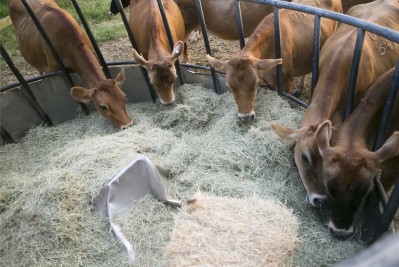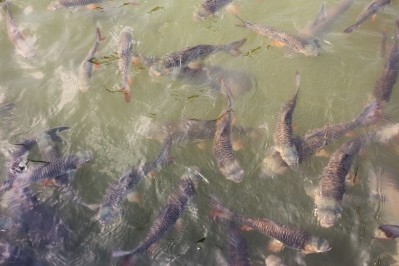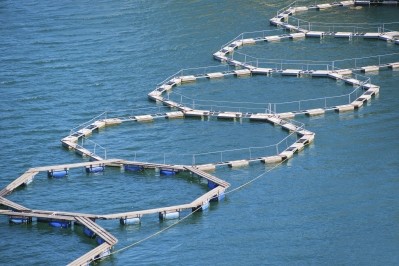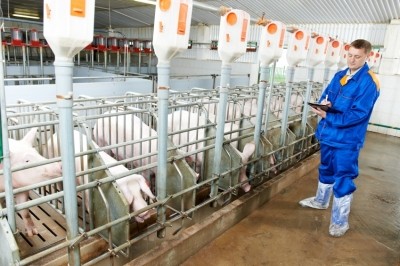Special Edition: Gut Health
Team finds essential oil delivers beneficial immune response in fish
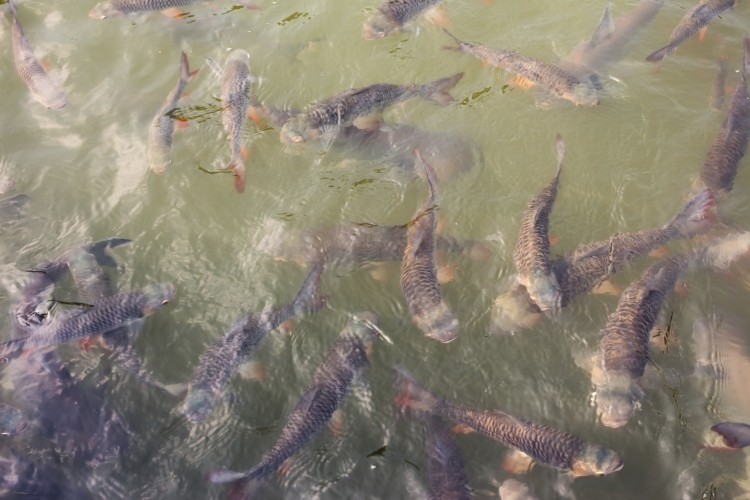
A team of international researchers from Texas A&M University, the Federal University of Santa Maria in Brazil and the Brazilian Ministry of Education tracked the influence of essential oil Ocimum americanum (OAEO) when added to the diet of red drum.
That fish species, sometimes known as channel bass or spot-tail bass, is a common game fish found in the Atlantic Ocean.
The group published their results in Fish & Shellfish Immunology.
“The present study assessed the effect of different levels of dietary addition of the O. americanum EO (OAEO) on red drum (Sciaenops ocellatus) productive performance, non-specific immune responses, as well as pH and microbiota composition of the digestive tract,” they said.
The group found that use of the essential oil in laboratory settings did not alter the growth measures, whole-body composition or intestinal microbiota population, they said.
However, they found it did promote a beneficial immune response.
“The addition of OAEO up to 1.0 g/kg in the diet altered IPF deposition, pH of the stomach, and influenced the membrane fragility of red blood cells, besides enhancing non-specific immunomodulatory responses in red drum,” said researchers.
Why essential oils?
Plant-derived ingredients are generating interest as alternatives to use of antibiotic growth promoters and synthetic drugs, said the researchers. Such additives, they said, are considered to be safe for animals, people and better for the environment.
There also is interest in using them in aquaculture, they said. Several past studies have explored the use of plant extracts, essential oils (EOs) and plan-isolated compounds for farmed fish and demonstrated improvements in production or fish health.
“They [essential oils] contain a rich mixture of highly functional molecules with a wide spectrum of biological activity,” said the researchers. “Studies have demonstrated that EOs added to diets can activate the fish antioxidant defense system, enhance immune functions, change the intestinal morphology and microbiota, as well as increase digestibility and nutrient absorption.”
Plants from the Ocimum genus are more commonly called basil and have been explored for use as essential oils and medicinal plants, they said. It has been used as an antiseptic and to address digestive problems and in fish it has been attributed antifungal and antibacterial properties.
Trial details
In the dietary tests, 240 juvenile fish were given diets with increasing amounts of the essential oil Ocimum americanum (OAEO), said the researchers. Diets included 0, 0.25g/kg diet, 0.5g/kg, 1g/kg and 2g/kg OAEO and were fed for seven weeks.
The basal diet included 40% crude protein from menhaden fishmeal, and soybean protein concentration, 10% total lipid from fish oil and dextrin, they said. The OAEO was added to the pelleted test diets in a mixture with the fish oil.
Biomass of each tank was assessed weekly, they said. Initial and final weights and fish lengths were recorded along with feed intake and relative weight gain (RWG), feed efficiency (FE) and condition factor (CF) were calculated.
Fish were harvested at the end of the trials and blood samples were taken, said the researchers. Lysozyme activity was established and erythrocyte osmotic fragility (EOF) was determined.
Digestive tracts from sample fish were collected along with stomach and intestinal contents to measure pH, they said. Intestinal microbiota profiles were established.
Results
No significant differences were seen in whole-body composition or growth parameters including final weight, RWG, FE, CF, hepatosomatic index (HSI) or fillet yield (FY), said the researchers. The intestinal microbial community in fish getting the different diets also was similar and no changes were seen in plasma and intestinal lysosome measures along with the pH of the stomach after 6 hours.
But the essential oil did produce a reaction in terms of immunological responses, they said.
Fish getting the OAEO supplement at 1g/kg had more intraperitoneal fat (IPF) deposits and altered stomach pH after two hours along with a decrease in superoxide ion production when compared to fish not getting the supplement, they said. The hemolytic activity also increased in fish getting the OAEO supplement.
“Red blood cells from fish fed the lowest OAEO concentration (0.25 g/kg) showed significant lower fragility in erythrocyte osmotic fragility assay, but fish fed 0.5 and 1.0 g/kg showed significant higher erythrocyte fragility,” said the researchers.
Source: Fish & Shellfish Immunology
Title: Evaluation of Ocimum americanum essential oil as an additive in red drum (Sciaenops ocellatus) diets
DOI: 10.1016/j.fsi.2016.07.008
Authors: FJ Sutili, AV Velasquez, CG Pinheiro, BM Heinzmann, DM Gatlin III, B Baldisserotto,
